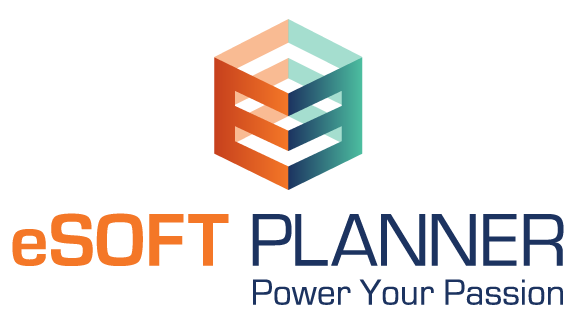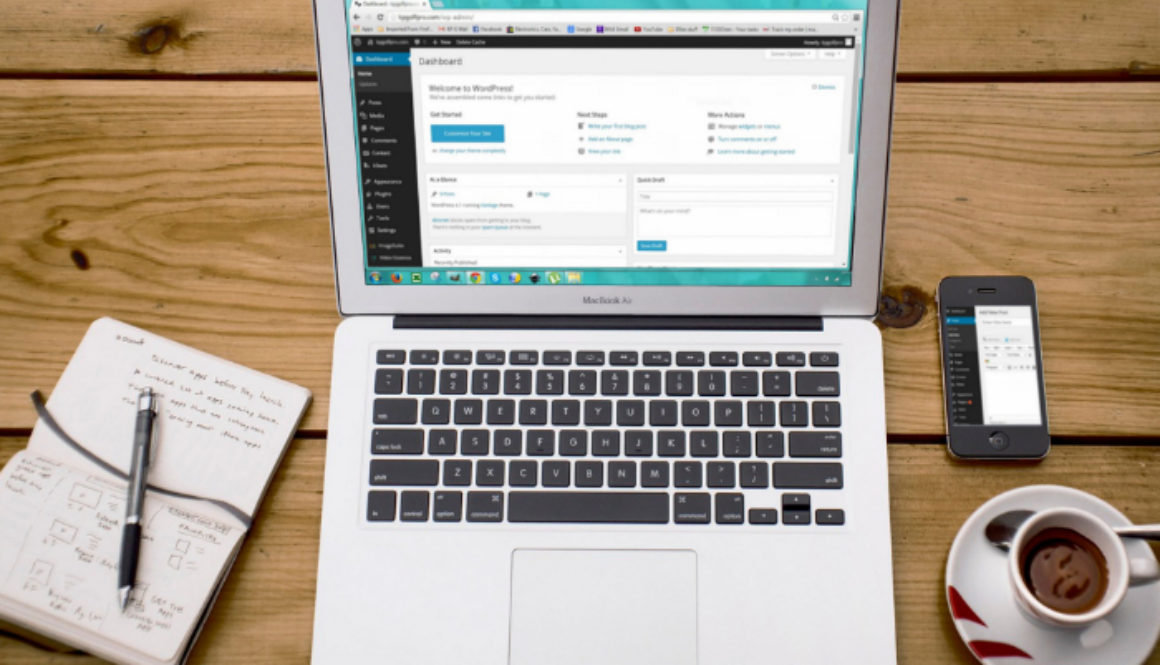How Can You Create a Sports Facility Website?
Sports Facility Website Guide Part 1: The Basics
Many new sports facility owners don’t think of themselves as “computer people.” You spend your time out on the field or the court — not in front of a screen.
You know a website is important for your new business. But where do you start? Many jump at what seems like the simplest or cheapest option without looking before they leap. There are better choices out there!
What are the common website stumbling blocks and priorities for new sports facility owners? Here’s a basic roadmap for beginners who need a website but don’t know much about making one.
What You Need: A Summary for Beginners
You’ll need four building blocks regardless of who builds your website or how much you pay for it. Some web designers or web builder packages include all four in the total price and do the setup work for each one — but you’ll pay for them one way or another.
-
A Domain Name
You know these. They start with a “https://www” and usually end with a “.com.” These are also referred to as your website’s “address.” It works the same way as a postal address does by pointing visitors to your website’s location and displaying that location at the top of your browser. You can buy (or “register”) your domain name through a variety of domain name registrar companies. You have exclusive rights to your domain name once you register it. Make sure you own this and register it in your name — it shouldn’t be owned and controlled by the company making your website. As the address becomes more valuable, you don’t want a landlord. Unfortunately, you won’t have all the building blocks for a working site just yet.
- If your website is a house, the domain name is its address.
- Average cost: According to GoDaddy, “a domain name can cost you anywhere from $2 to $20 per year, depending on specials or discounts.”
-
Hosting
Your website’s electronic files must be stored somewhere. Plenty of companies are happy to host those files on their own servers for a fee. Many domain name registration companies also offer hosting services, or you can use a different company for each service. However, buying a hosting account is not the same as buying a working website.
- If your website is a house, a server is the plot of land you want to build on.
- Average cost: “Websites for individuals and small to medium-sized businesses can generally get everything they need from web hosting plans somewhere in the $2 to $20 a month range, with $50 being the upper limit you’re likely to face,” says HostGator. Be aware, however, that prices can climb with added services.
- It’s worth considering a hosting service that provides easy back-up and restoration services and/or even a “development” or “staging” environment. These features make it easier for you to fix your website if it ever goes down or you break it while trying to make updates or changes.
-
Design and Programming
Here’s the real cost. Programmers and graphic designers will create and code your site — either from scratch or from a basic template. Your options range from individual freelance designers to big companies with hundreds on staff to offer these services.
- If your website is a house, this is the actual construction — the bricks and mortar, as well as the aesthetics.
- There are two models for having someone build it for you.
- Some companies charge an upfront fee and then a monthly fee for their website development service. Keep in mind that this cost adds up over time and you might end up spending more in the long run.
- Other companies charge just for the development of the website. Look for one that will turn over the keys to the house and give you tools to do your own content changes — like adding items to your calendar, updating pricing or adding pictures.
- If you’re looking for a build-it-yourself option, check out these choices from PC Magazine. They estimate that most monthly fees for these website builders are about $25/month as an e-commerce site. One-time fees range from $1,000 to much more, depending on how many custom features you want. Read the details to see how hosting is handled.
-
Service and Updates
Aging websites need maintenance. They experience wear and tear or face unexpected disasters, such as hacking. Technology is always advancing. Criminals always want to steal things. You’ll need help keeping your website safe and up to date.
- If your website is a house, updates are the homeowner’s policy and hiring repairmen.
- Average cost: “Keeping a website relevant requires paying for maintenance and updates,” says Forbes, and hosting accounts and website designers charge service costs. They can start out at as little as $15/month but pay attention to what your plan includes. Make sure you can get ahold of someone to get it fixed right away if something goes wrong.
For More Information
Are you feeling more comfortable with building a website? We would love to discuss with you how eSoft Planner sports facility scheduling software can free up time in your workflow to focus on website development.
eSoft Planner’s staff is also well-versed in industry best practices and sports facility website design trends. Fill out this form to request a free demo and learn more.

